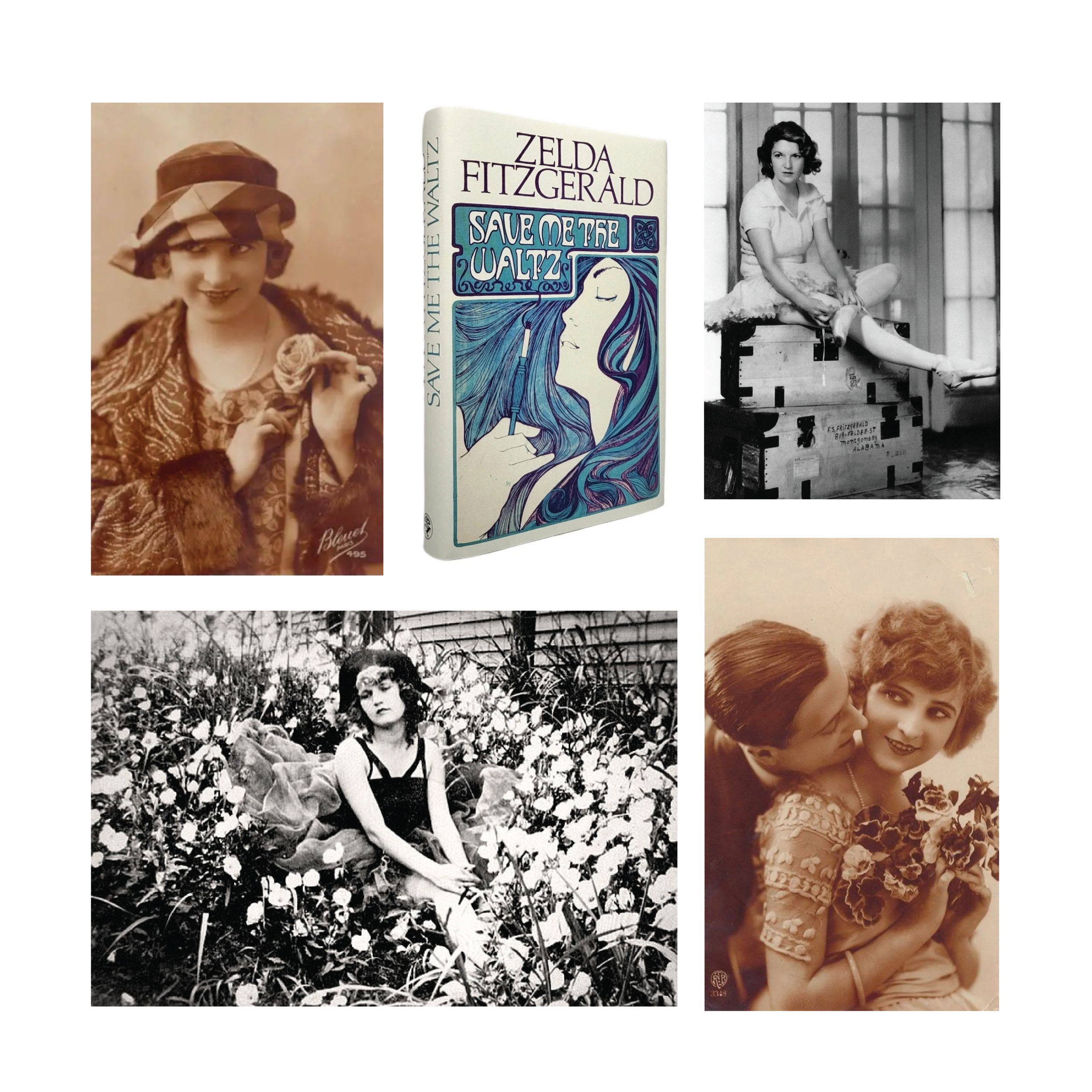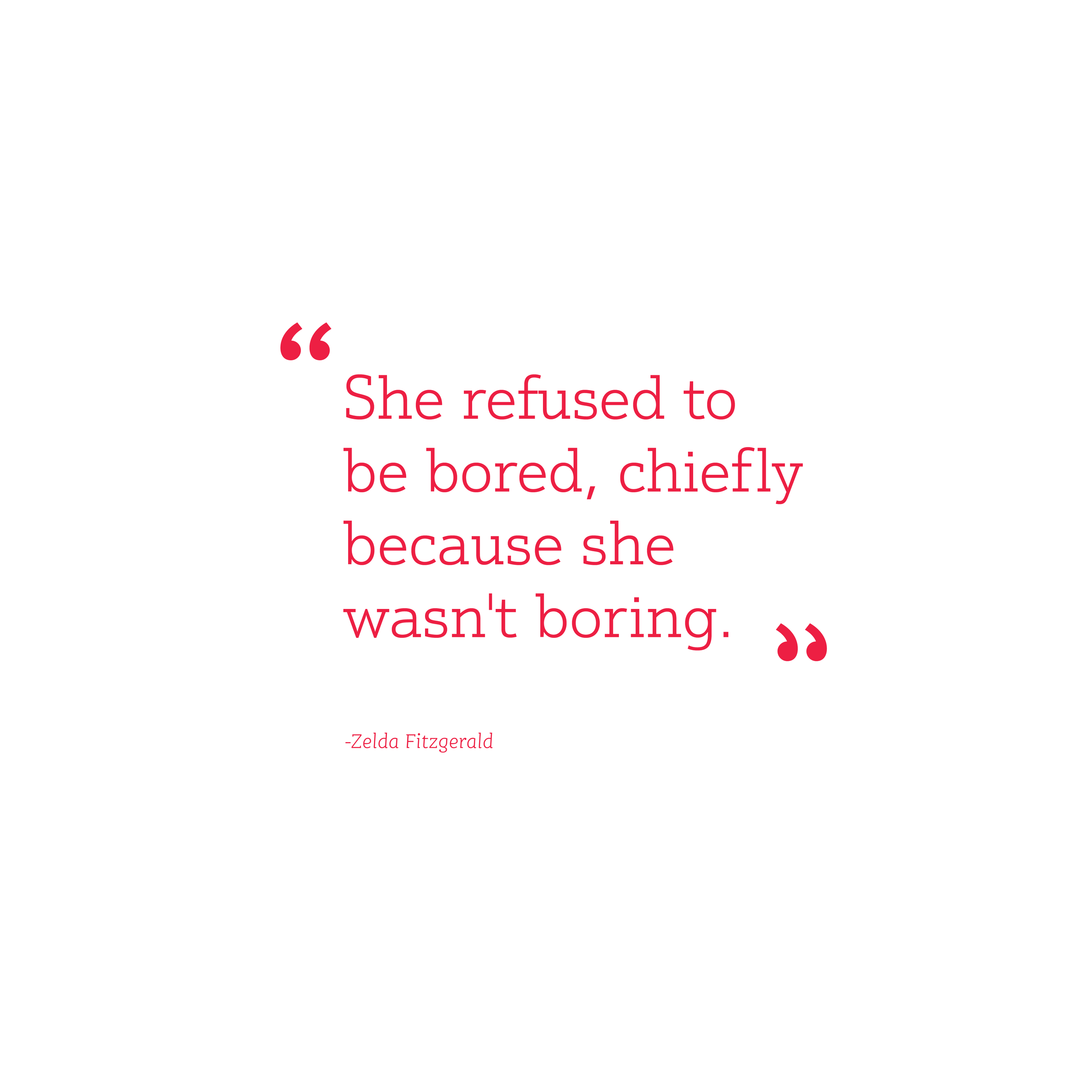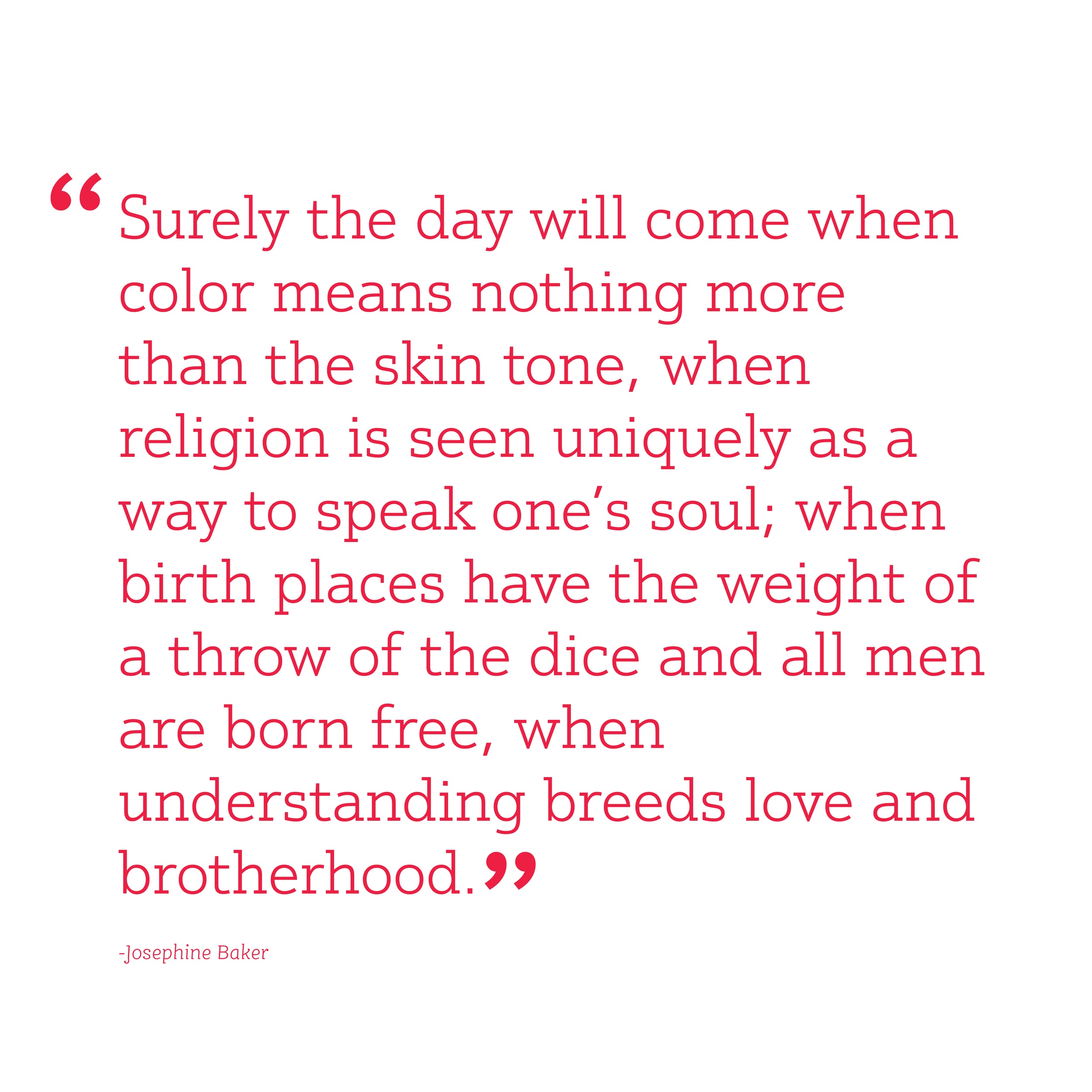Women’s History Month–Leaders + Tastemakers
As a Certified Woman Owned Business, we love celebrating the brilliance, vision, and diversity of the female mind — especially when applied to creative problems.
Studiolo Secondari has been sharing the work and stories of brilliant women in design, culture, and the arts weekly through our "Women Wednesdays" social media series. During this Women's History Month, we will take a deeper look at some of the figures we’ve highlighted in our #WomenWednesday series to offer you another chance to celebrate these brilliant girl bosses!
Zelda Fitzgerald (1900-1948)
Writer, painter, ballerina, muse–Zelda Fitzgerald was the “It Girl” of the Jazz Age, heralding in the image of a newly liberated, contemporary woman.
Fitzgerald was born to a prominent judge in Alabama and led a privileged childhood, distinguishing herself from her peers by boldly engaging in “un-ladylike” behaviors like smoking, drinking, and spending time with boys. She was known for her audacious and bright spirit, capturing the eye of F. Scott Fitzgerald when she was newly graduated from high school. They married shortly after her first novel was published, and emerged as glittering newlyweds into a world of celebrity. They lived between New York and Paris, with F. Scott working on The Great Gatsby and Zelda practicing painting as well as ballet. While Zelda was a muse for F. Scott, she was also a writer in her own right, penning short stories, as well as diary entries that made their way sometimes verbatim into her husband’s novels.
Despite the turbulence of her marriage and her struggle with mental health, Zelda Fitzgerald was an icon for the Roaring Twenties, embodying the new woman, a free and creative soul. Her written oeuvre is small yet powerful, and her paintings are now on display at the F. Scott and Zelda Fitzgerald Museum in Alabama.
Josephine Baker (1906-1975)
Josephine Baker was a famed performer, activist, and World War II spy. She continually confronted segregation, discrimination and bigotry throughout her career. Using her stardom and influence, Baker detailed her experience as a black woman in the United States and abroad, advocating for racial and cultural harmony.
Baker’s early years were hard, and she ran away from home at the age of thirteen to work and dance in clubs. There she developed her skills, and went on tour across America with the Jones Family Band. She soon landed a role in a musical, performing with a comedic touch that garnered attention. She capitalized on this success and moved to New York, becoming a crowd favorite at the Plantation Club. She traveled to France where she made an immediate impression in her feather skirt, and then in a skirt made of bananas, becoming one of the highest paid performers in Europe. She tried to take her act back to America, but was met with racism and hostility, and instead decided to obtain French citizenship.
When World War II broke out and France was occupied, Baker worked with the Red Cross, performing for soldiers, and, most importantly, delivering covert messages for the French Resistance. She put her life on the line every day, and at the end of the war was awarded two of France’s highest military honors. She returned to America to participate in the Civil Rights Movement, participating in demonstrations, even speaking alongside Martin Luther King Jr. In honor of her efforts, the NAACP named May 20th “Josephine Baker Day.” On the day of her funeral the French government gave her a 21-gun salute, a demonstration of the power of her legacy; fighting for freedom and racial equality.
Diana Vreeland (1903-1989)
Known as one of the most influential figures in fashion; Diana Vreeland served as Fashion Editor for Harper’s Bazaar from 1936 to 1962, then editor of American Vogue from 1963 to 1971. Vreeland promoted colorful and exotic accessories and insisted that clothes should reflect their wearer’s personality. Her ethos was just as ostentatious as her taste in fashion, coining the well-remembered phrase “You can never be overdressed or overeducated.”
Vreeland was born to a home that was frequented by artists, guests of her parents. After immigrating to the US to escape World War II, she led the glamorous life of a debutante, eventually marrying and settling in New York City, achieving citizenship in 1925. It was then that she began contributing to Harper’s Bazaar with her own column, soon graduating to fashion editor, a position she would hold for over two decades. Iconoclastic and bold, she made a name for herself with her personal style and taste. In 1963 she became the editor-in-chief of Vogue magazine, guiding the magazine to reflect the eccentric and playful tastes of the youth. In her time at the top of the fashion world she oversaw numerous societal and political changes, making sure her magazines remained current and vital. She led an extravagant life yet remained hard-working, her passion obvious to those around her.
After leaving Vogue in 1971, Vreeland worked on numerous successful exhibitions for the Costume Institute at the Metropolitan Museum of Art, creating sensory experiences that transcended historical accuracy while exposing attendees to the legacies of costume design. In 1976 she received a medal of honor from France for her contributions to the fashion industry, and her legacy is obvious in the ubiquity of her name and influence on fashion to this day.
* * * * * * * * *
It’s been a minute, wanna catch up?
I've taken a break from my regular newsletter recently, but a lot has been happening + I'd love to tell you all about it! My team and I are ready and able to help out with designing big, complicated book projects or developing design strategies that include branding, messaging, and ongoing digital communications. Feel free to grab some time to chat about your next project or just to say "hello"!
* * * * * * * * *
Studiolo Secondari is a certified woman-owned design studio focused on the practical and strategic business aspects of branding and publishing. We offer stylish and intelligent design solutions for organizations seeking to drive storytelling in print, web, and digital communications to showcase their message to the world.
* * * * * * * * *








